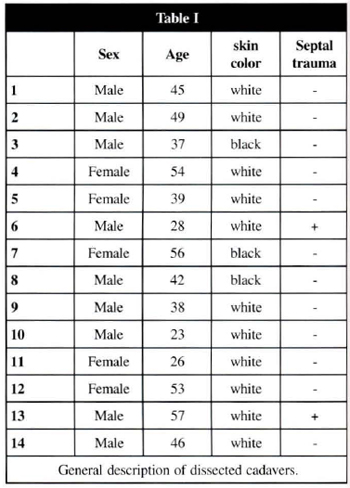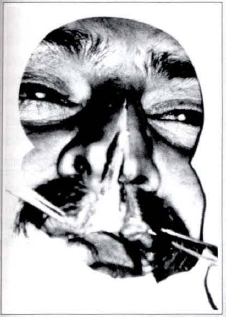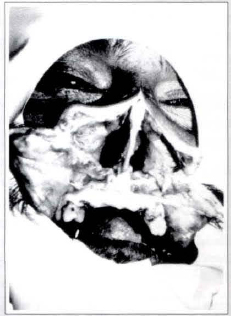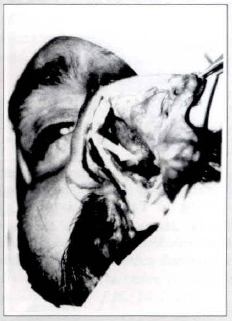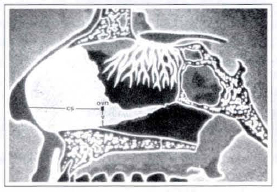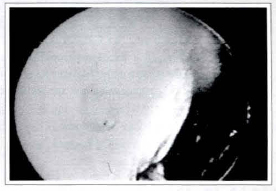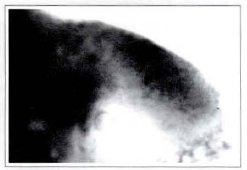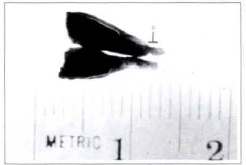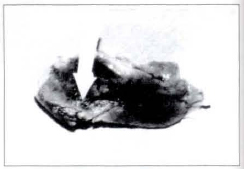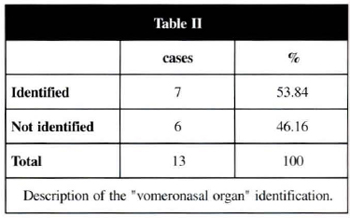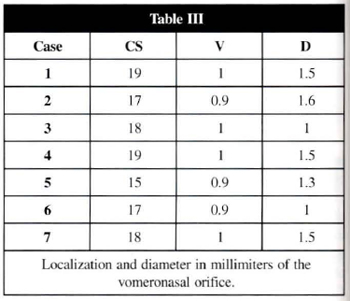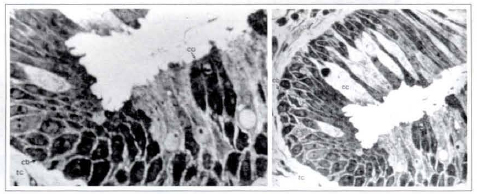ABSTRACT
On this report the latest findings about the anatomical and funtional characteristics of the "vomeronasal organ" are evaluated. The high incidence of identification of the "vomeronasal organ" in nornal iudividuals indicates that the vomeronasal system is a universal feature of the adult human nasal cavity. Evaluation of the neuronal connections between this organ and the central nervous system shows that the "vomeronasal organ" is a functional chemosensory system with the ability to transduce signals that modulate certain autonomic parameters. Surgeons during nasal operations must consider the presence of the "vomeronasal organ" and its clinical significance.
Keywords: rhinoseptoplasty; vomeronasal organ; pheromones.


